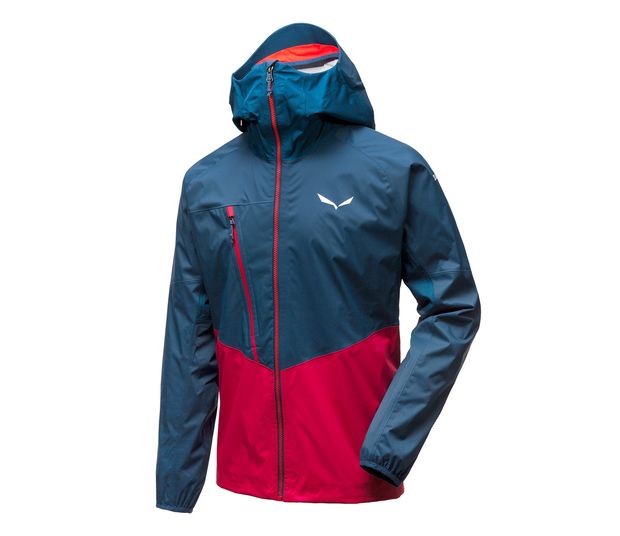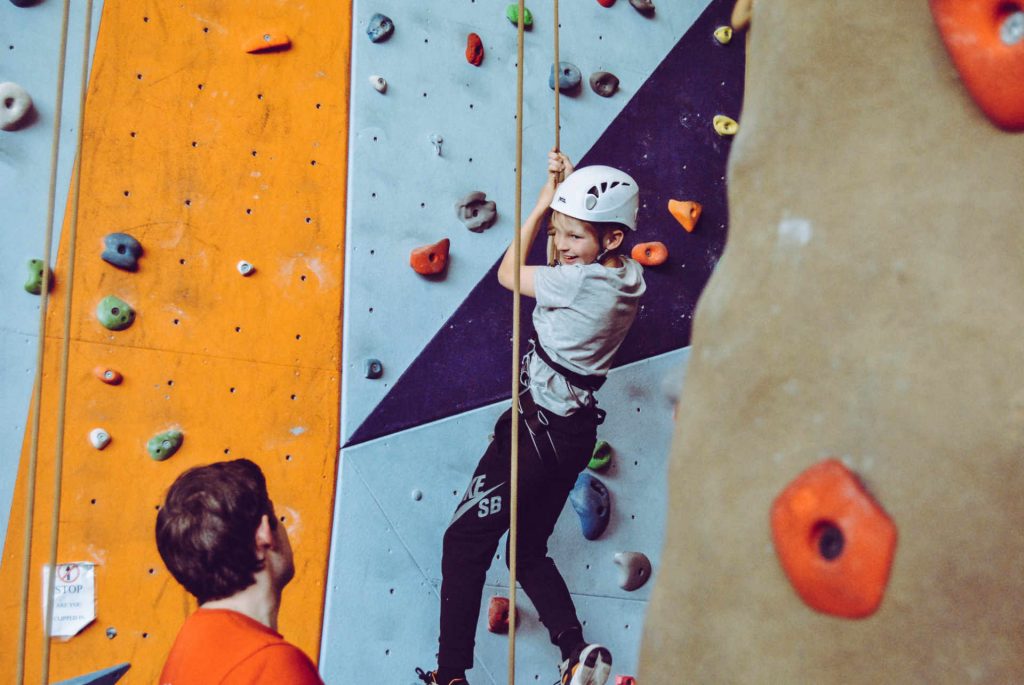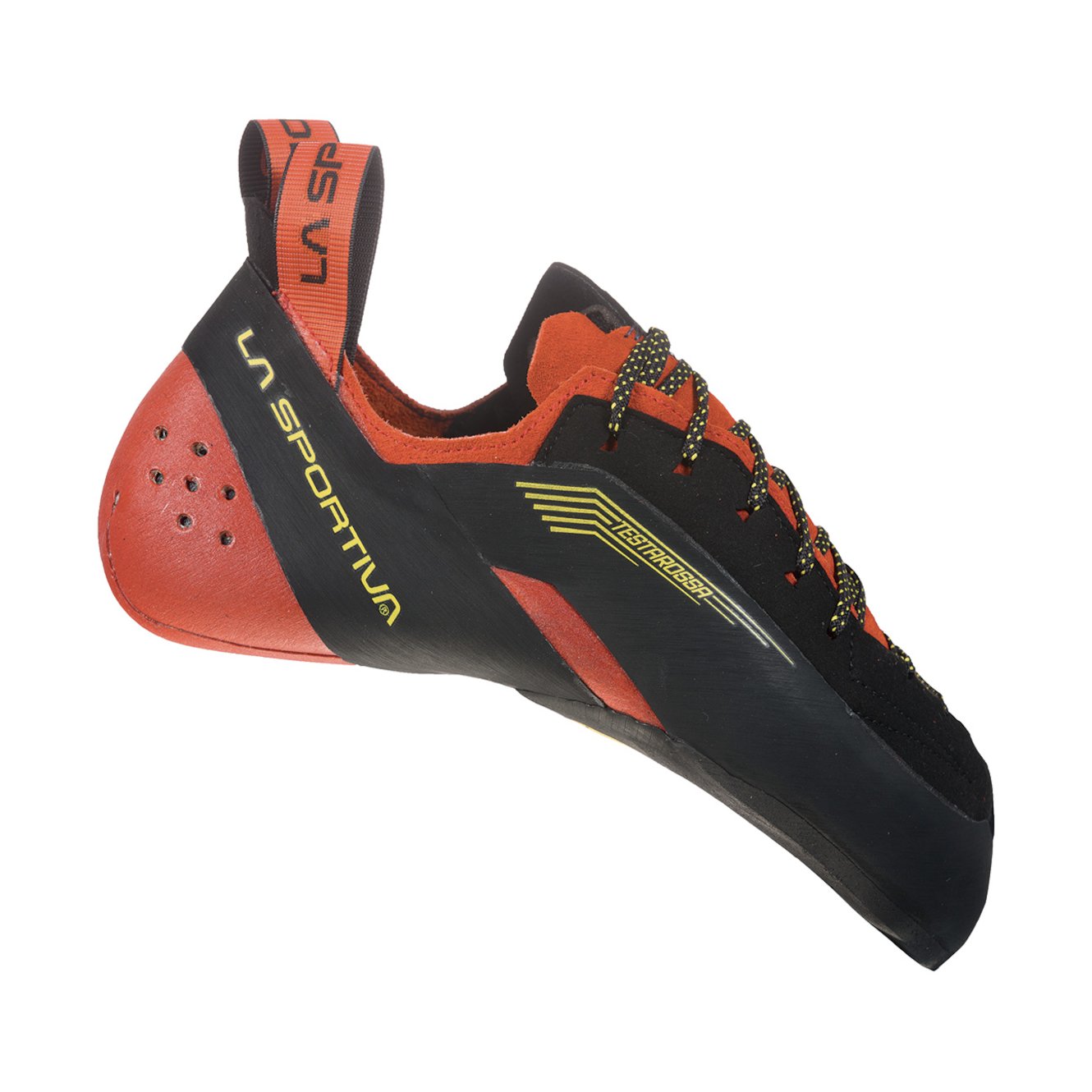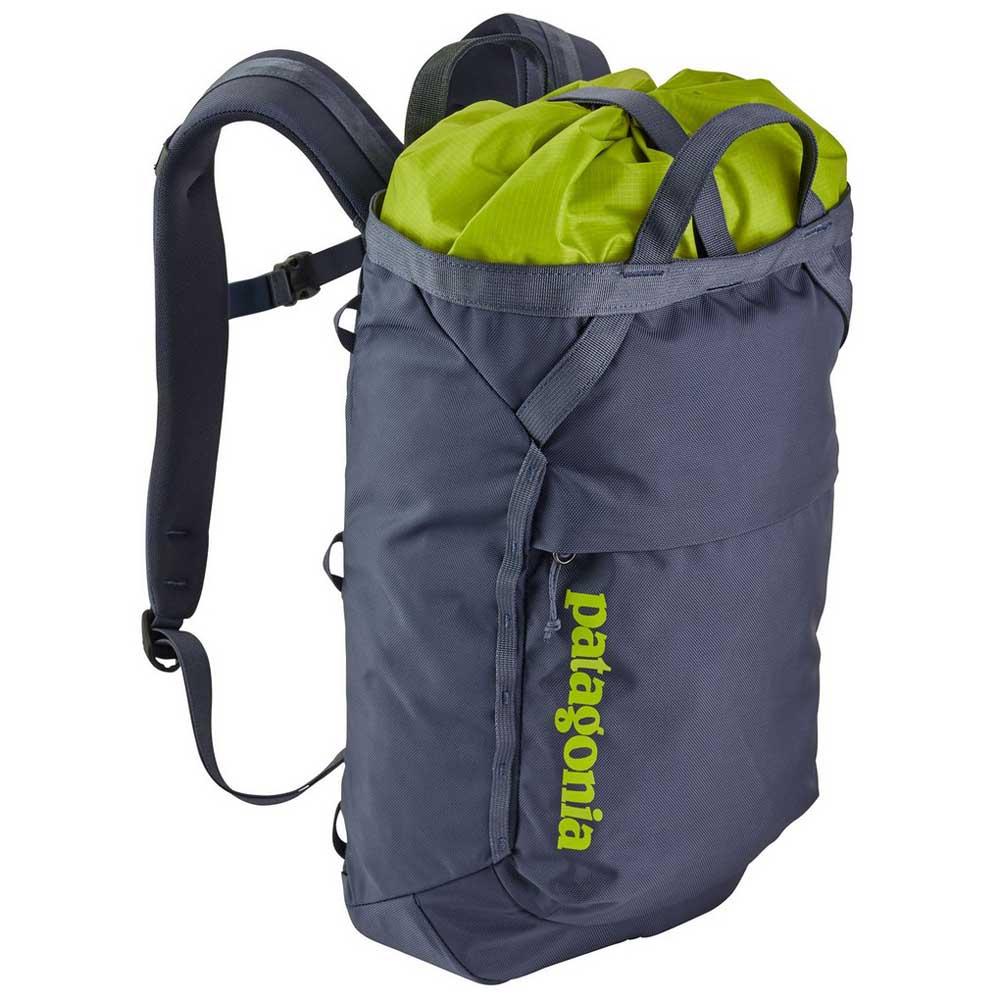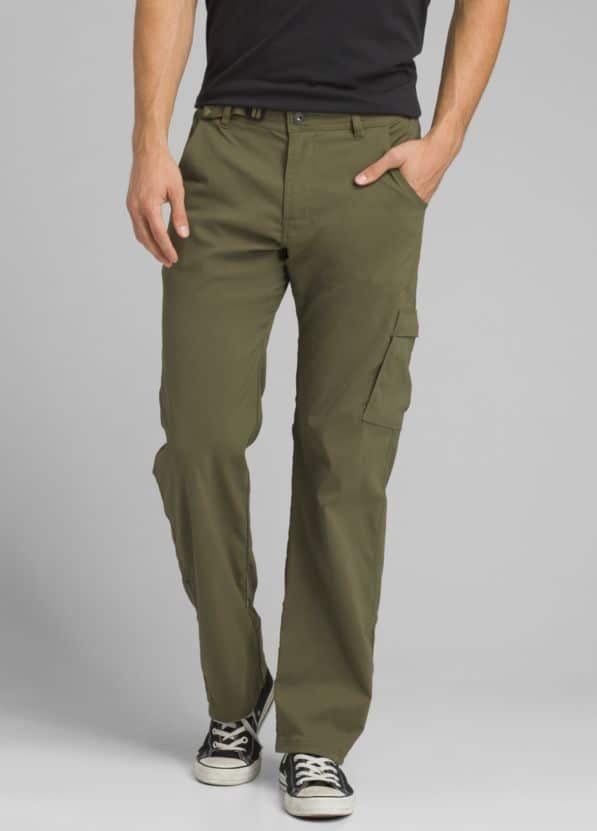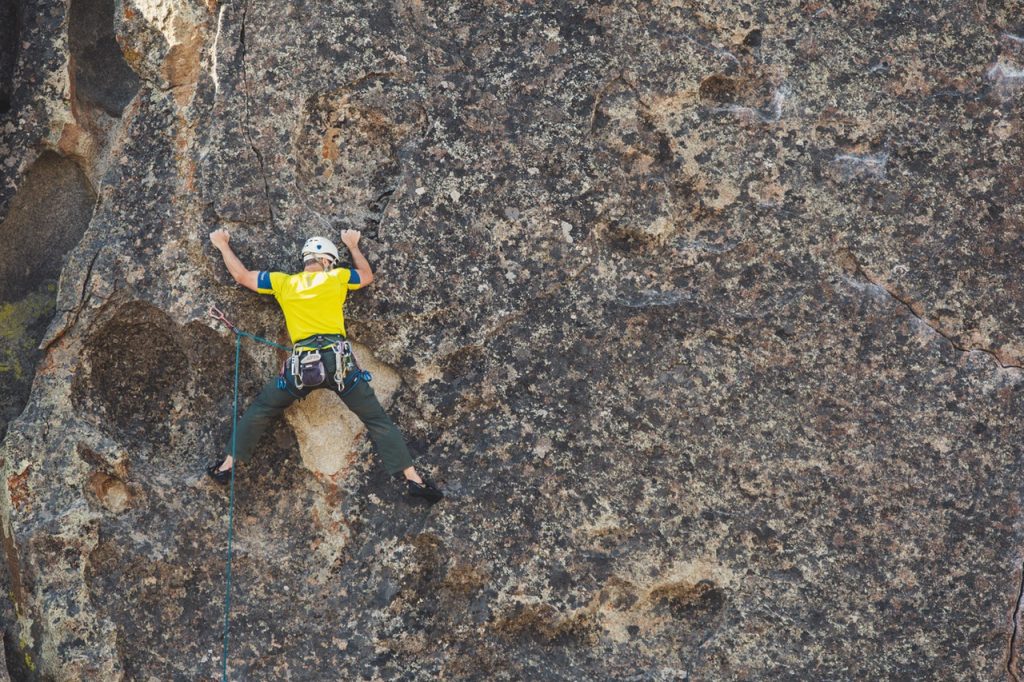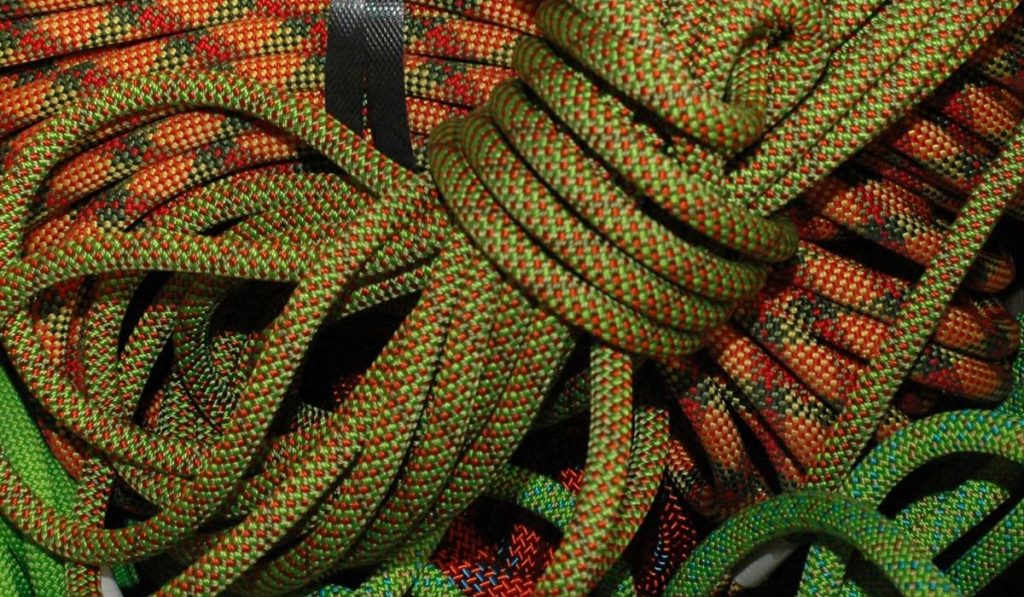Review: Top 5 Climbing Rain Jackets of 2022
Here we present you four relatively inexpensive, waterproof jackets, which are also light and small packable. For most climbers, boulderers, and also alpinists, the rain jacket will hopefully spend most of the time as a backup in the backpack. Then you have done everything right when planning your mountain tour or trip, at least as …

